Top Considerations To Keep In Mind When Designing Your Enterprise Observability Framework

Observability goes beyond traditional monitoring tools, offering a holistic
approach that aggregates data from diverse sources to provide actionable
insights. While Application Performance Monitoring (APM) once sufficed for
tracking application health, the increasing complexity of distributed,
multi-cloud environments has made it clear that a broader, more integrated
strategy is essential. Modern observability frameworks now focus on real-time
analytics, root cause identification, and proactive risk mitigation. ...
Business optimization and cloud modernization often face resistance from teams
and stakeholders accustomed to existing tools and workflows. To overcome this,
it’s essential to clearly communicate the motivations behind adopting a new
observability strategy. Aligning these motivations with improved customer
experiences and demonstrable ROI helps build organizational buy-in. Stakeholders
are more likely to support changes when the outcomes directly benefit customers
and contribute to business success. ... Enterprise observability systems must
manage vast volumes of data daily, enabling near real-time analysis to ensure
system reliability and performance. While this task can be costly and complex,
it is critical for maintaining operational stability and delivering seamless
user experiences.
Blown the cybersecurity budget? Here are 7 ways cyber pros can save money

David Chaddock, managing director, cybersecurity, at digital services firm
West Monroe, advises CISOs to start by ensuring or improving their cyber
governance to “spread the accountability to all the teams responsible for
securing the environment.” “Everyone likes to say that the CISO is responsible
and accountable for security, but most times they don’t own the infrastructure
they’re securing or the budget for doing the maintenance, they don’t have
influence over the applications with the security vulnerabilities, and they
don’t control the resources to do the security work,” he says. ... Torok,
Cooper and others acknowledge that implementing more automation and AI
capabilities requires an investment. However, they say the investments can
deliver returns (in increased efficiencies as well as avoided new salary
costs) that exceed the costs to buy, deploy and run those new security tools.
... Ulloa says he also saves money by avoiding auto-renewals on contracts –
thereby ensuring he can negotiate with vendors before inking the next deal. He
acknowledges missing one contract set on auto renew and got stuck with a 54%
increase. “That’s why you have to have a close eye on those renewals,” he
adds.
7 Key Data Center Security Trends to Watch in 2025
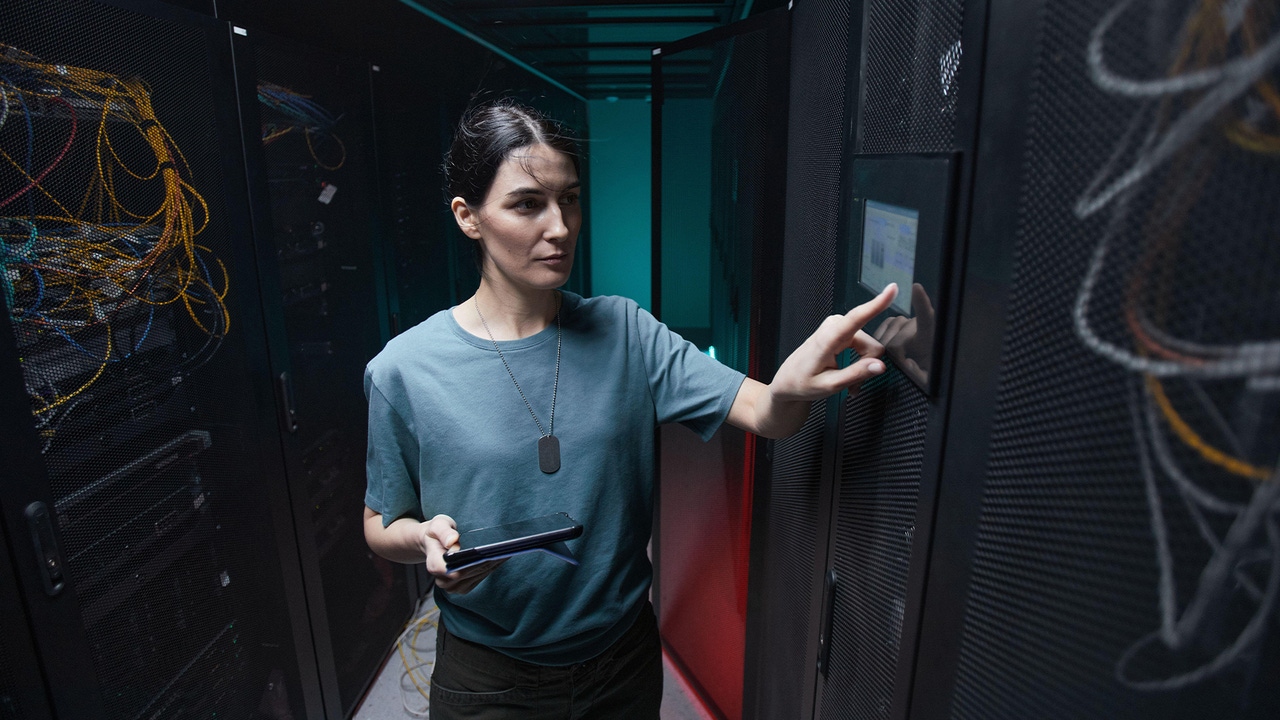
Historically, securing both types of environments in a unified way was
challenging because cloud security tools worked differently from the on-prem
security solutions designed for data centers, and vice versa. Hybrid
cloud frameworks, however, are helping to change this. They offer a consistent
way of enforcing access controls and monitoring for security anomalies across
both public cloud environments and workloads hosted in private data centers.
Building a hybrid cloud to bring consistency to security and other operations
is not a totally new idea. ... Edge data centers can help to boost workload
performance by locating applications and data closer to end-users. But they
also present some unique security challenges, due especially to the difficulty
of ensuring physical security for small data centers in areas that lack
traditional physical security protections. Nonetheless, as businesses face
greater and greater pressure to optimize performance, demand for edge data
centers is likely to grow. This will likely lead to greater investment in
security solutions for edge data centers. ... Traditionally, data center
security strategies typically hinged on establishing a strong perimeter and
relying on it to prevent unauthorized access to the facility.
What we talk about when we talk about ‘humanness’

Civic is confident enough in its mission to know where to draw the line
between people and agglomerations of data. It says that “personhood is an
inalienable human right which should not be confused with our digital shadows,
which ultimately are simply tools to express that personhood.” Yet, there are
obvious cognitive shifts going on in how we as humans relate to machines and
their algorithms, and define ourselves against them. In giving an example of
how digital identity and digital humanness diverge, Civic notes “AI
agents will have a digital identity and may execute actions on behalf of their
owners, but themselves may not have a proof of personhood.” The implication is
startling: algorithms are now understood to have identities, or to possess the
ability to have them. The linguistic framework for how we define ourselves is
no longer the exclusive property of organic beings. ... There is a paradox in
making the simple fact of being human contingent on the very machines from
which we must be differentiated. In a certain respect, asking someone to
justify and prove their own fundamental understanding of reality is a kind of
existential gaslighting, tugging at the basic notion that the real and the
digital are separate realms.
Revolutionizing Oil & Gas: How IIoT and Edge Computing are Driving Real-Time Efficiency and Cutting Costs

Maintenance is a significant expense in oil and gas operations, but IIoT and
edge computing are helping companies move from reactive maintenance to
predictive maintenance models. By continuously monitoring the health of
equipment through IIoT sensors, companies can predict failures before they
happen, reducing costly unplanned shutdowns. ... In an industry where safety
is paramount, IIoT and edge computing also play a critical role in mitigating
risks to both personnel and the environment. Real-time environmental
monitoring, such as gas leak detection or monitoring for unsafe temperature
fluctuations, can prevent accidents and minimize the impact of any potential
hazards. Consider the implementation of smart sensors that monitor methane
leaks at offshore rigs. By analyzing this data at the edge, systems can
instantly notify operators if any leaks exceed safe thresholds. This rapid
response helps prevent harmful environmental damage and potential regulatory
fines while also protecting workers’ safety. ... Scaling oil and gas
operations while maintaining performance is often a challenge. However, IIoT
and edge computing’s ability to decentralize data processing makes it easier
for companies to scale up operations without overloading their central
servers.
Gain Relief with Strategic Secret Governance

Incorporating NHI management into cybersecurity strategy provides
comprehensive control over cloud security. This approach enables businesses to
extensively decrease the risk of security breaches and data leaks, creating a
sense of relief in our increasingly digital age. With cloud services growing
rapidly, the need for effective NHIs and secrets management is more critical
than ever. A study by IDC predicts that by 2025, there will be a 3-fold
increase in the data volumes in the digital universe, with 49% of this data
residing in the cloud. NHI management is not limited to a single industry or
department. It is applicable across financial services, healthcare, travel,
DevOps, and SOC teams. Any organization working in the cloud can benefit from
this strategic approach. As businesses continue to digitize, NHIs and secrets
management become increasingly relevant. Adapting to effectively manage these
elements can bring relief to businesses from the overwhelming task of cyber
threats, offering a more secure, efficient, and compliant operational
environment. ... The application of NHI management is not confined to singular
industries or departments. It transcends multiple sectors, including
healthcare, financial services, travel industries, and SOC teams.
Five breakthroughs that make OpenAI’s o3 a turning point for AI — and one big challenge

OpenAI’s o3 model introduces a new capability called “program synthesis,”
which enables it to dynamically combine things that it learned during
pre-training—specific patterns, algorithms, or methods—into new
configurations. These things might include mathematical operations, code
snippets, or logical procedures that the model has encountered and generalized
during its extensive training on diverse datasets. Most significantly, program
synthesis allows o3 to address tasks it has never directly seen in training,
such as solving advanced coding challenges or tackling novel logic puzzles
that require reasoning beyond rote application of learned information. ... One
of the most groundbreaking features of o3 is its ability to execute its own
Chains of Thought (CoTs) as tools for adaptive problem-solving. Traditionally,
CoTs have been used as step-by-step reasoning frameworks to solve specific
problems. OpenAI’s o3 extends this concept by leveraging CoTs as reusable
building blocks, allowing the model to approach novel challenges with greater
adaptability. Over time, these CoTs become structured records of
problem-solving strategies, akin to how humans document and refine their
learning through experience. This ability demonstrates how o3 is pushing the
frontier in adaptive reasoning.
Multitenant data management with TiDB

The foundation of TiDB’s architecture is its distributed storage layer, TiKV.
TiKV is a transactional key-value storage engine that shards data into small
chunks, each represented as a split. Each split is replicated across multiple
nodes in the cluster using the Raft consensus algorithm to ensure data
redundancy and fault tolerance. The sharding and resharding processes are
handled automatically by TiKV, operating independently from the application
layer. This automation eliminates the operational complexity of manual
sharding—a critical advantage especially in complex, multitenant environments
where manual data rebalancing would be cumbersome and error-prone. ... In a
multitenant environment, where a single component failure could affect
numerous tenants simultaneously, high availability is critical. TiDB’s
distributed architecture directly addresses this challenge by minimizing the
blast radius of potential failures. If one node fails, others take over,
maintaining continuous service across all tenant workloads. This is especially
important for business-critical applications where uptime is non-negotiable.
TiDB’s distributed storage layer ensures data redundancy and fault tolerance
by automatically replicating data across multiple nodes.
Deconstructing DevSecOps

Time and again I am reminded that there is a limit to how far collaboration
can take a team. This can be because either another team has a limit to how
much resources it is willing to allocate, or it is incapable of contributing
regardless of its resources offered. This is often the case with cyber teams
that haven't restructured or adapted the training of their personnel to
support DevSecOps. To often these types are policy wonks that will happily
redirect you to help desk instead of assisting anyone. Another huge problem is
with tooling ecosystem itself. While DevOps has an embarrassment of riches in
open source tooling, DevSecOps instead has an endless number of licensing fees
awaiting. Worse yet, many of these tools are only designed to common security
issues in code. This is still better than nothing but it is pretty
underwhelming when you are responsible for remediating the shear number of
redundant (or duplicate) findings that have no bearing. Once an organization
begins to implement DevSecOps it can quickly spiral. This happens when the
organization is unable to determine what is acceptable risk any longer. Once
this happens any rapid prototyping capability will just not be allowed at this
point.
Machine identities are the next big target for attackers
“Attackers are now actively exploring cloud native infrastructure,” said Kevin
Bocek, Chief Innovation Officer at Venafi, a CyberArk Company. “A massive wave
of cyberattacks has now hit cloud native infrastructure, impacting most modern
application environments. To make matters worse, cybercriminals are deploying
AI in various ways to gain unauthorized access and exploiting machine
identities using service accounts on a growing scale. The volume, variety and
velocity of machine identities are becoming an attacker’s dream.” ... “There
is huge potential for AI to transform our world positively, but it needs to be
protected,” Bocek continues. “Whether it’s an attacker sneaking in and
corrupting or even stealing a model, a cybercriminal impersonating an AI to
gain unauthorized access, or some new form of attack we have not even thought
of, security teams need to be on the front foot. This is why a kill switch for
AI – based on the unique identity of individual models being trained, deployed
and run – is more critical than ever.” ... 83% think having multiple service
accounts also creates a lot of added complexity, but most (91%) agree that
service accounts make it easier to ensure that policies are uniformly defined
and enforced across cloud native environments.
Quote for the day:
"Don't wait for the perfect moment
take the moment and make it perfect." -- Aryn Kyle
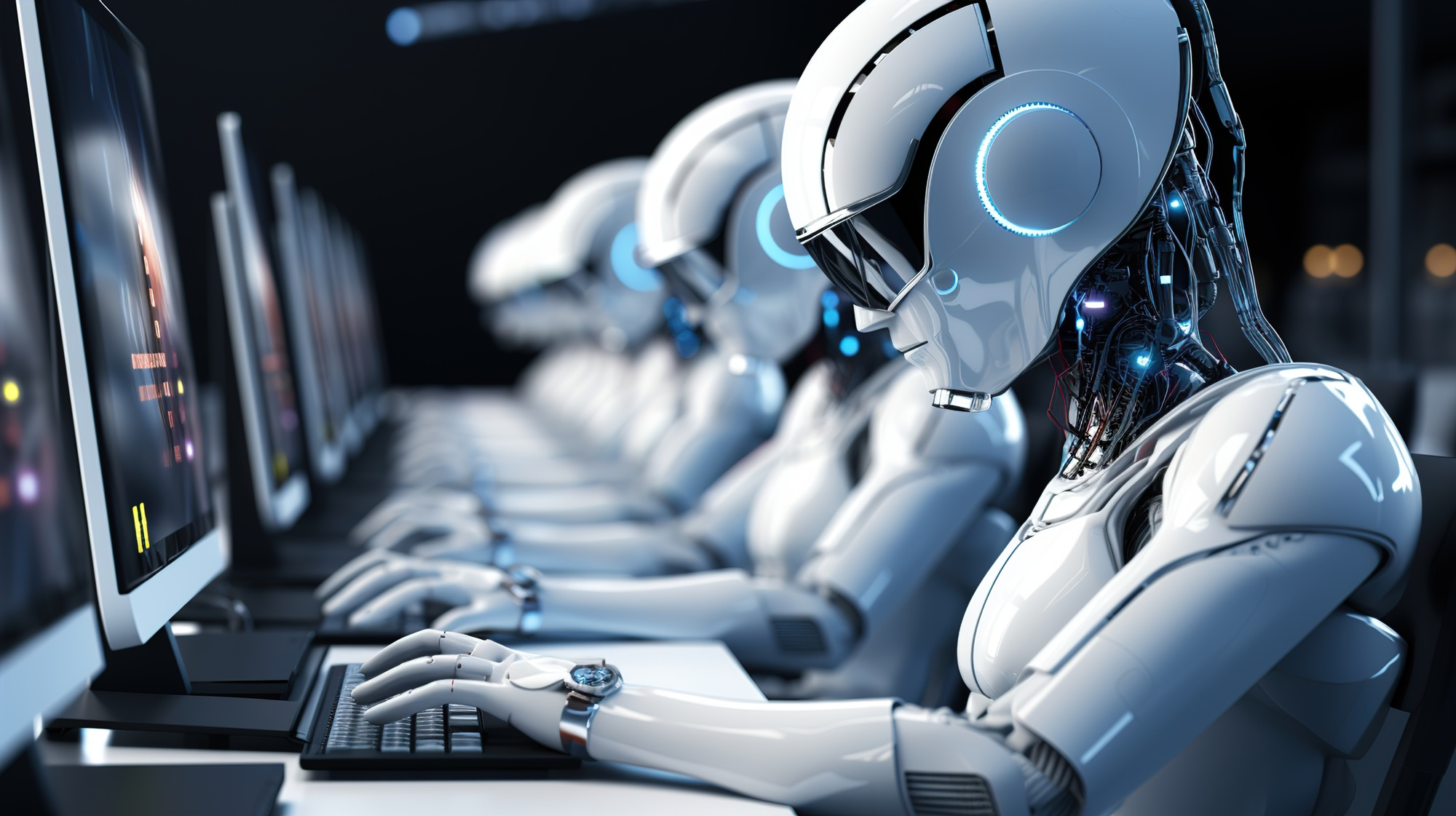
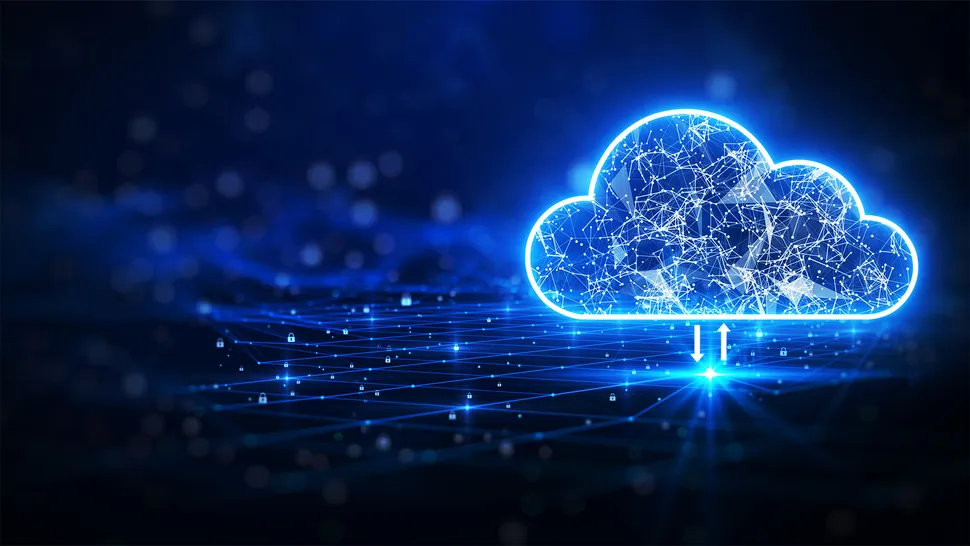


/presentations/architecture-green-software/en/slides/Sara-1735037626770.jpg)






/dq/media/media_files/2024/12/26/6xyoLeZW8RbIx2FykASq.jpg)





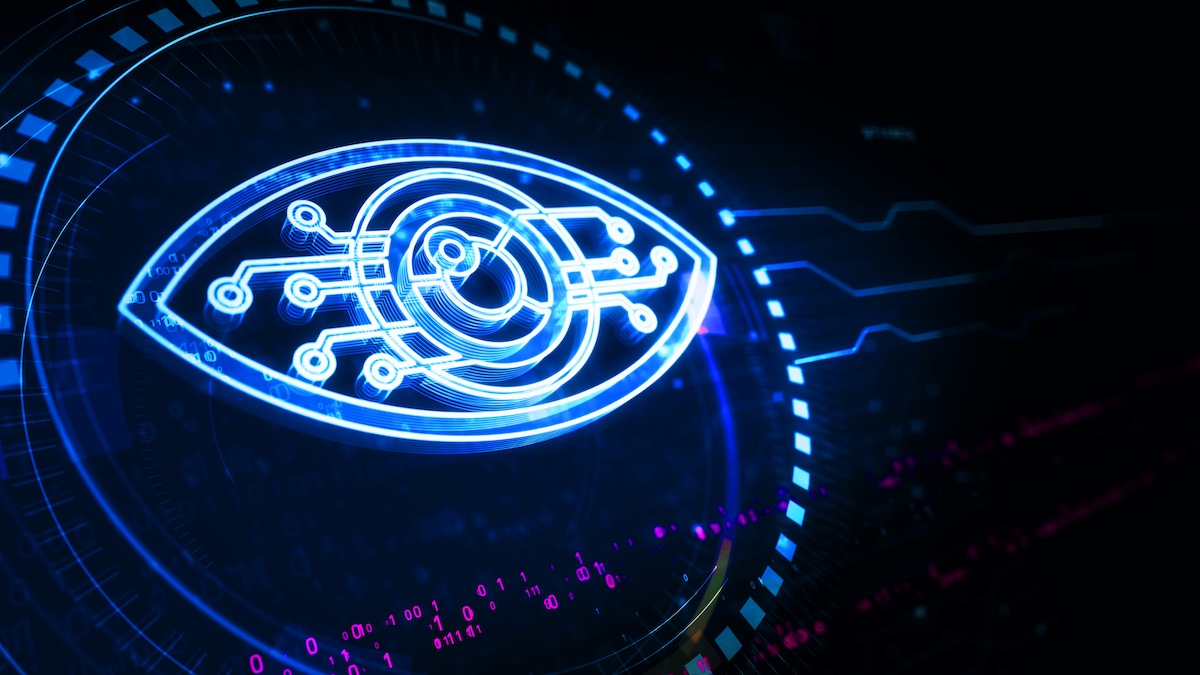


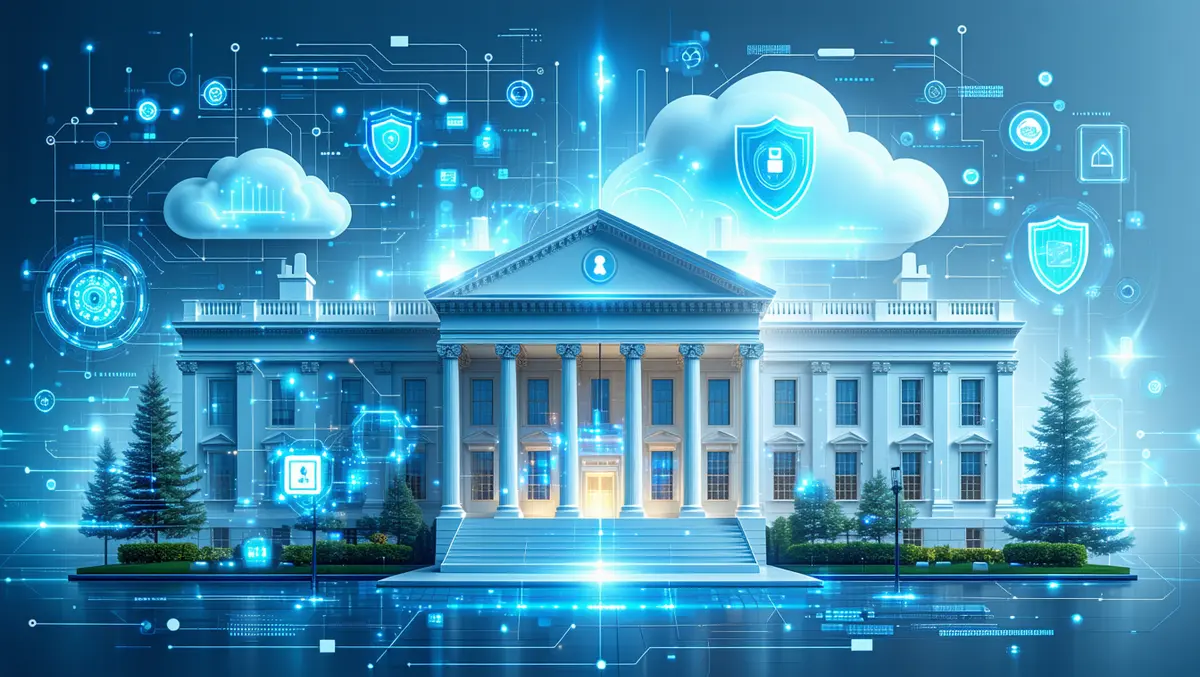


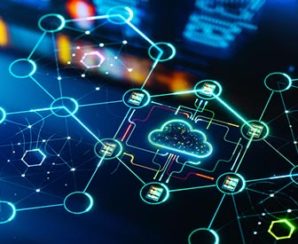





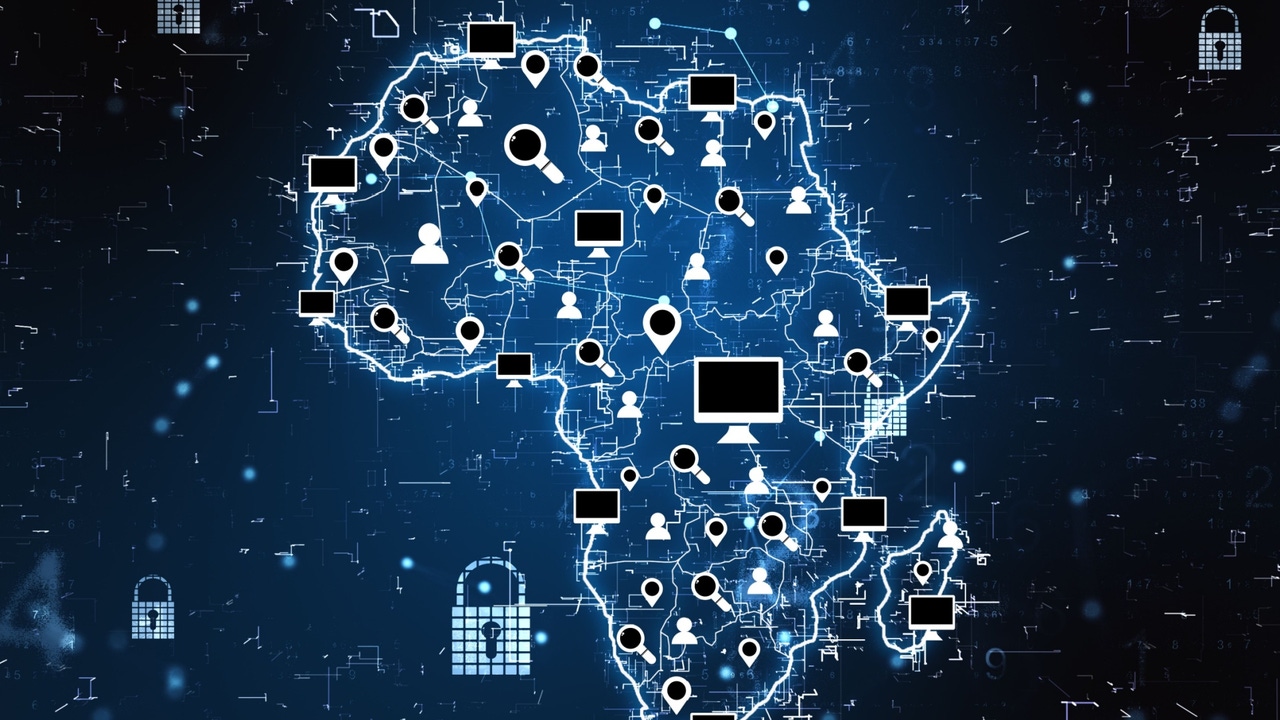

/dq/media/media_files/2024/12/25/the-cloud-back-flip.jpg)